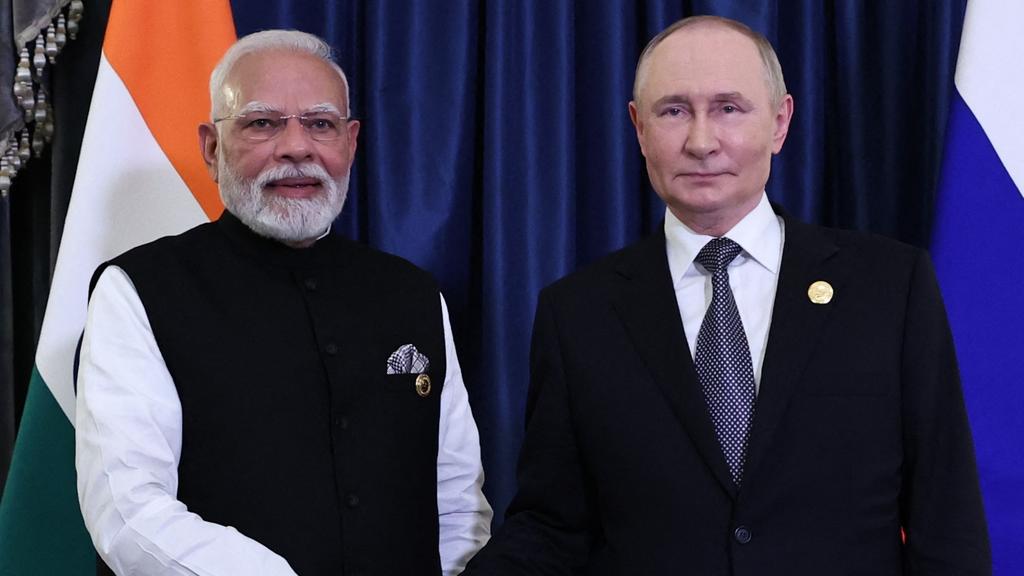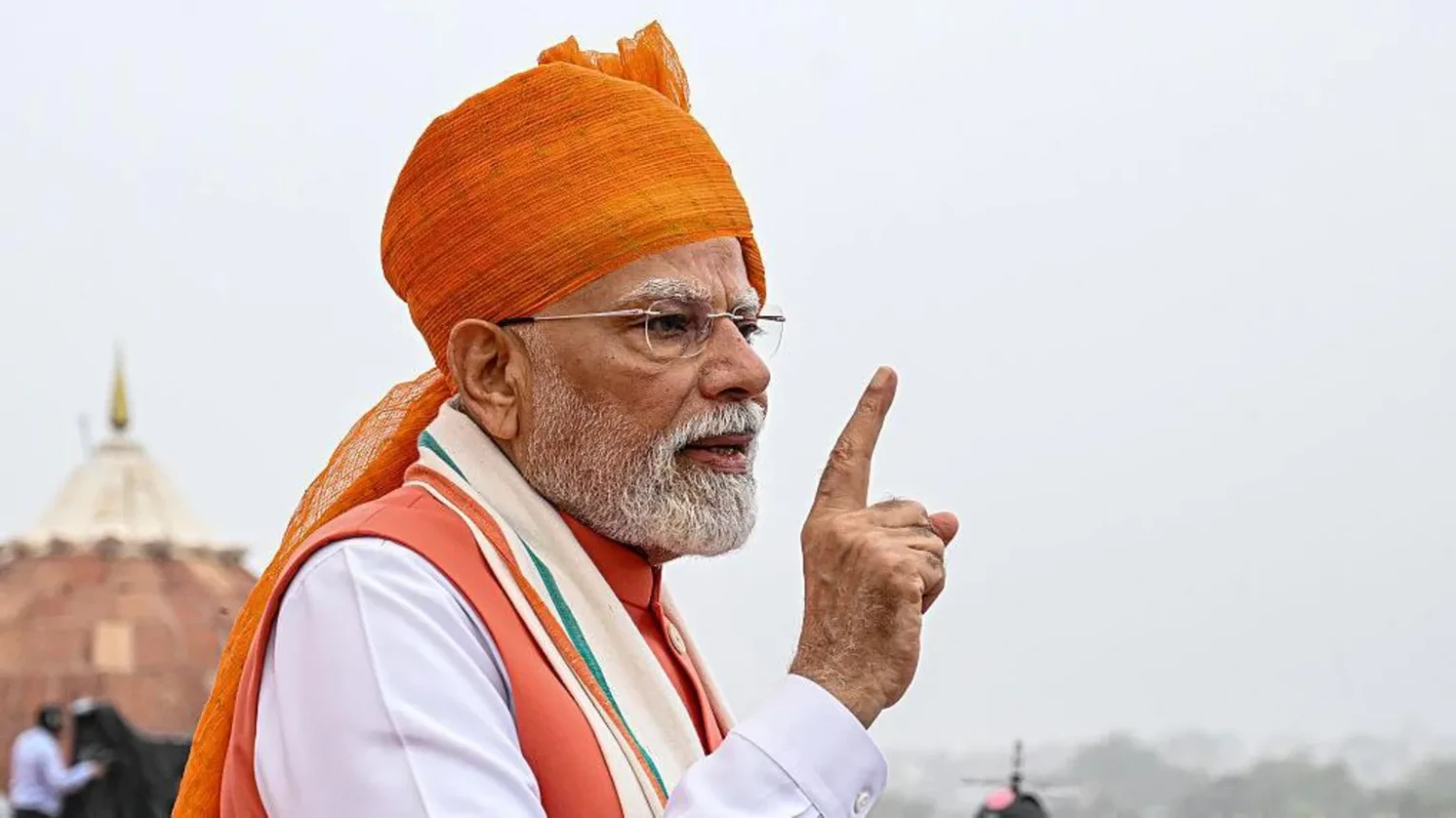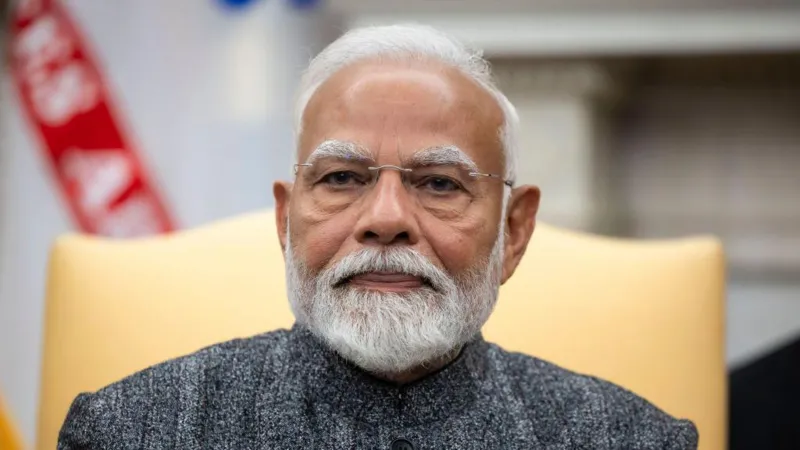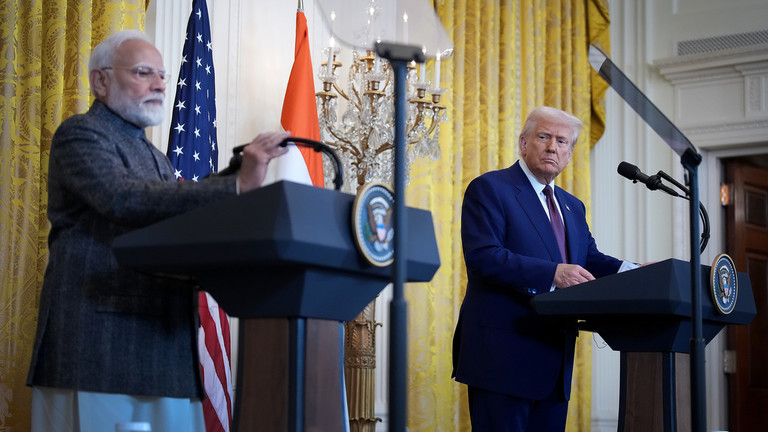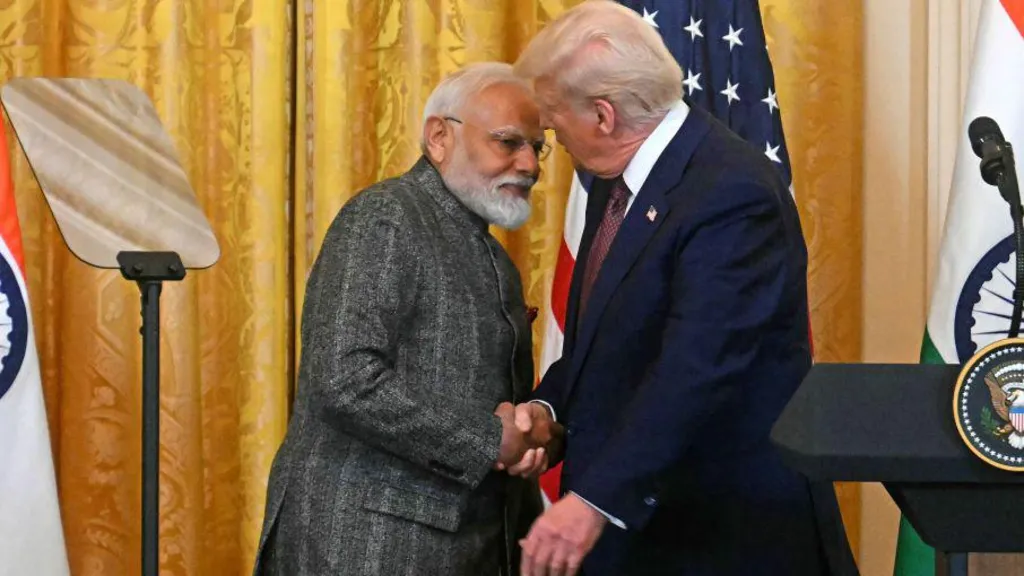
This article is more than
6 year oldIndia successfully launches Chandrayaan 2 rover mission to Moon’s South Pole
Chandrayaan-2 lifted off on Monday at the Satish Dhawan Space Center, located several miles inland from the Bay of Bengal. The Indian Space Research Organisation (ISRO) used its 640-ton GSLV Mark-III rocket for the mission.
A round of applause was heard at the mission control room shortly after the launch, with scientists and engineers watching the rocket take off towards orbit. A short while later, the agency reported that the launch vehicle successfully brought the spacecraft into the outer atmosphere, meaning that India’s most complex mission in space had just begun.
The second attempt to launch the Chandrayaan-2 into orbit came a week after the first try saw the countdown being stopped less than an hour before the mission’s departure. At the time, a "technical snag was observed in [the] launch vehicle system", according to ISRO.
Chandrayaan-2 includes four key components, the rocket, an orbiter, lander, and the small rover. Indian scientists hope that the mission reaches the Moon on 48th day of space travel when the lander is expected to drop from the orbiter.
Read More (...)
